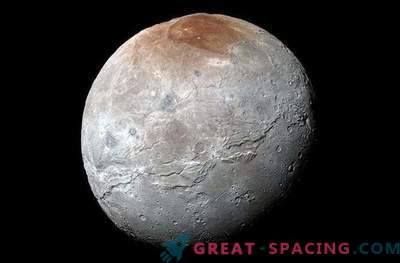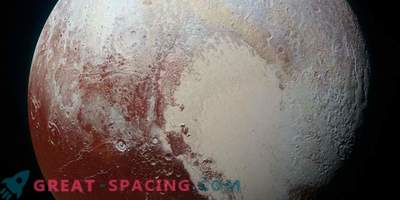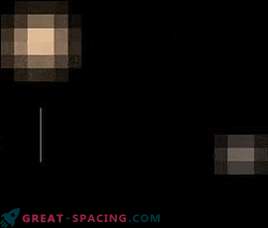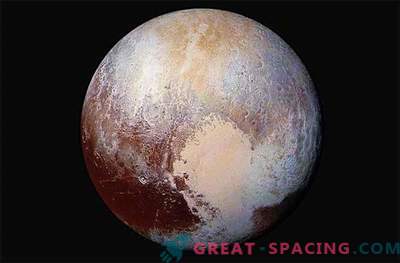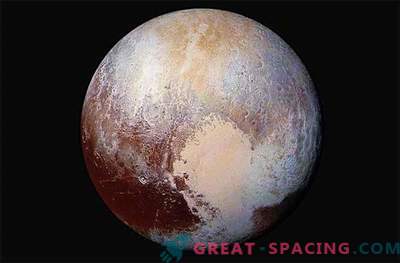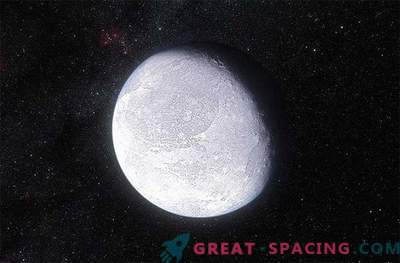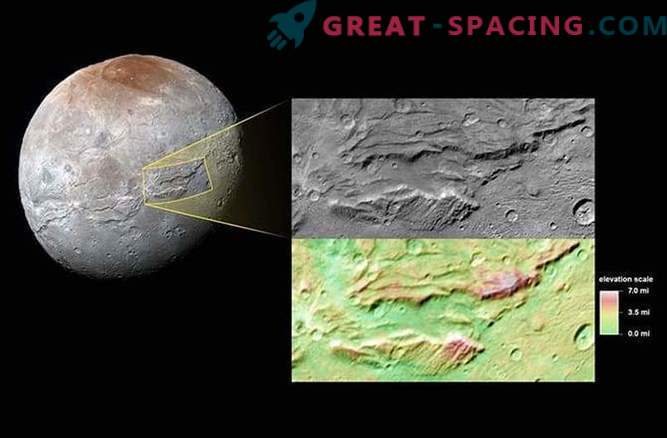
Charon begins to crack at the seams, recalling the famous green superhero Hulk.
Recently, an image of Charon was made by NASA's New Horizon spacecraft. Experts suggest that some of the faults on the surface of the moon may be the result of a once-living ocean below the surface, which just froze over time. This may be the result of signs of decomposition on the surface Charon. This condition gave scientists a reason to compare the satellite with "Bruce Banner, tearing the shirt when it becomes an incredible Hulk."
The size of Charon, the largest of the five satellites of Pluto, is about 750 miles (1200 km) in diameter. That is, it takes half Pluto size. Since the center of mass of the system Pluto-Charon is outside the surface of Pluto, these two are often regarded as a binary planetary system.
When the New Horizon apparatus passed by Charon in July 2015, the probe discovered a network of tectonic faults on the satellite in the form of ridges, benches and valleys. An extensive system of abysses is one of the longest in the Solar System, occupying at least 1,100 miles (1,800 km) in length and 4.5 miles (7.5 km) in depth. For comparison, the Arizona Grand Canyon (Grand Canyon) is only 277 miles (446 km) long and just over a mile (1.6 km) in depth. The new image shows the color topography of the site called Serenity Chasma (chasma is a stepped canyon on the surface of the planet) captured by the Long Range Intelligence Thermal Imaging Camera (LORRI) of the New Horizons apparatus. The characteristics of the measured form indicate that Charon’s ice-water layer could once have been at least partially liquid before being frozen to a solid.
Scientists reported that Charon may have had a layer of liquid water, the same material that makes up Charon's surface. But the decay of radioactive elements in combination with the internal heat energy produced by the formation of Charon could have caused the ice-water layer to melt. As the moon cools for a long time, the ocean could freeze and expand. Scientists have compared this with an overly full plastic cup, placed in the freezer. At low temperatures, the surface lends itself to pressure, forming a system of cracks.
They also believe that Pluto once had a liquid ocean, although the younger surface of a dwarf planet suggests that it took longer for it to freeze than for Charon.
